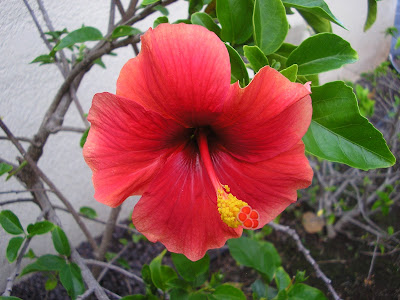I've received some email asking about my statement
that my current Fall/Winter 2011 kit will probably be the last one I put
together. A couple of things have led me to this decision and I wanted to share
them with you all.
First I would like to say that I have appreciated all the support I have received from my blog readers and customers over the years and want you to know first and foremost, that it is still my goal to use Hearts and Trees and the products I offer to encourage art, handicrafts and nature study in your homeschool.
When I started putting Hearts and Trees kits together I was unemployed. It was my main source of income and I was able to devote much more time to putting the kits together. I was able to offer kits on a seasonal basis (four a year). With my current work and volunteering schedule I have not been able to give Hearts and Trees as much time and attention, and my kits have slowed down to one every 6 months or so. With the changes I have in store for Hearts and Trees I am hoping to offer something to my readers/customers much more regularly.
My goal has always been to encourage art, handicrafts and nature study in your homeschool by offering affordable and interesting products, and I can still achieve this with the changes I have in store for my business.
And on a more personal note, in relation to my volunteer work, it is my goal to move to another country (at
least for a few months out of every year) and I am trying to set up my business
so that it can support me while I am out of the States. With this in mind, some
practical changes need to be made to the way Hearts and Trees operates.
So, be sure to check back January 1st 2012 for the unveiling of a new chapter of Hearts and Trees! I am very excited about these changes and can't wait to share them all with you.
--------------------------------------------------
I still have some Fall/Winter 2011 Kits left, so be sure to check it out and order yours soon. Thanks!





